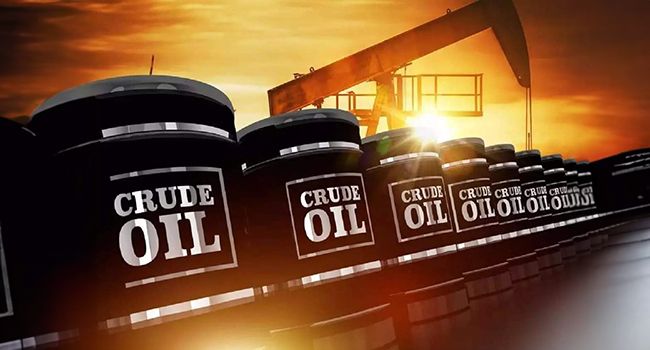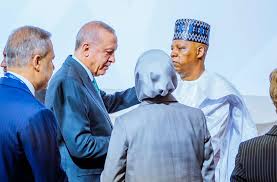
Nigeria has emerged as a vital crude supplier to Senegal’s only refinery, even as the West African neighbour marks its entry into the league of oil-producing nations.
According to new industry data, the 30,000 barrels-per-day (bpd) Dakar Refinery has been sourcing its crude oil from Nigeria, specifically the light, sweet Erha grade, to meet operational requirements.
This development comes despite Senegal beginning oil production in mid-2024 from its offshore Sangomar field, which produces around 100,000 bpd of medium sour crude (31° API gravity, 1.0% sulphur).
Crude Oil Doesn’t Always Fit the Refinery
While Senegal now exports nearly all of its Sangomar crude mainly to Spain, Italy, and the Netherlands, its own refinery cannot process the oil efficiently due to technical limitations.
“The Dakar Refinery was designed to handle light, low-sulphur crude, making Sangomar’s heavier and more sulphurous blend unsuitable without blending,” noted energy analytics firm Kpler in a recent report.
Instead, Nigeria’s Erha crude a 36° API, 0.2% sulphur blend has become the preferred feedstock. Senegal has been importing an average of 30,000 bpd of Erha into Dakar in recent months to keep the plant running.
“Senegal’s 30 kbd Dakar refinery is currently running on Nigeria’s Erha crude,” the report confirmed, underscoring Nigeria’s growing influence in West Africa’s downstream oil market.
Senegal Still Heavily Dependent on Fuel Imports
Despite receiving crude from Nigeria, Senegal continues to import significant volumes of refined petroleum products to meet its domestic energy needs.
Between 2024 and 2025, the country imported 90,000 to 100,000 bpd of fuels, with more than half (50–60%) sourced from Russia, primarily diesel, gasoil, and fuel oil.
“Senegal relies heavily on refined product imports to meet local demand,” Kpler added. “Russia supplied the bulk of these products over the past two years.”
This highlights the paradox of a new oil-producing country relying on two major external sources Nigeria for crude feedstock, and Russia for refined fuel to balance its domestic energy system.
Future of Sangomar and Regional Energy Dynamics
Looking ahead, Senegal’s oil production is expected to remain steady at 100,000 bpd as Phase 2 of the Sangomar development remains under review. The next phase is expected to bring 33 new wells online by 2027, but no significant changes are forecast for local refining capacity in the near term.
This scenario positions Nigeria and specifically its Erha crude stream as a strategic supplier in the region, even while Nigerian refineries themselves face chronic supply shortages.
Ironically, Nigeria’s own mega-refinery projects, including the Dangote Refinery, have also struggled to secure domestic crude and are now importing oil from the United States to maintain operations.



